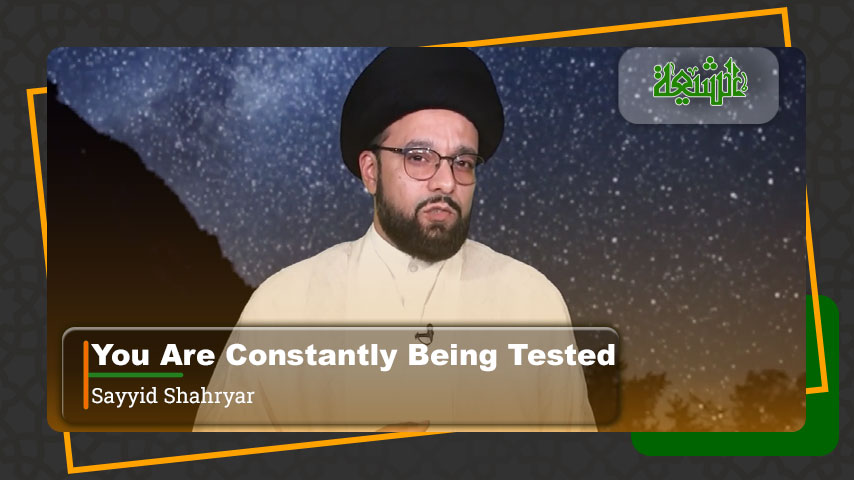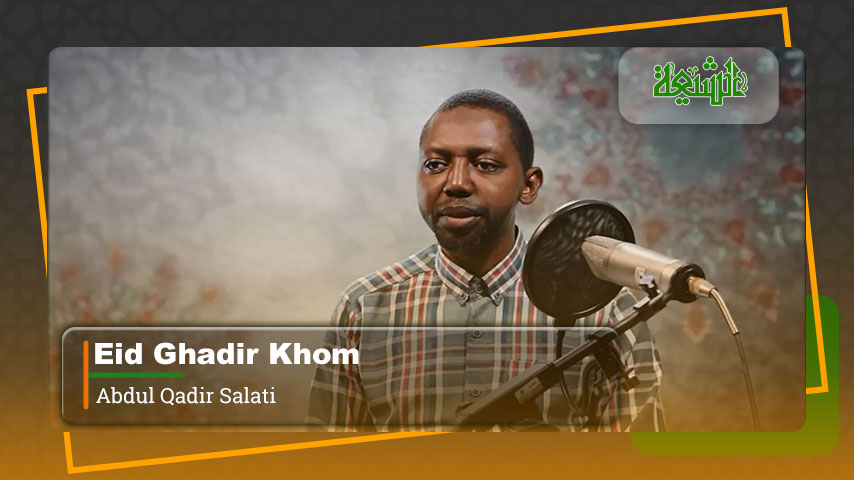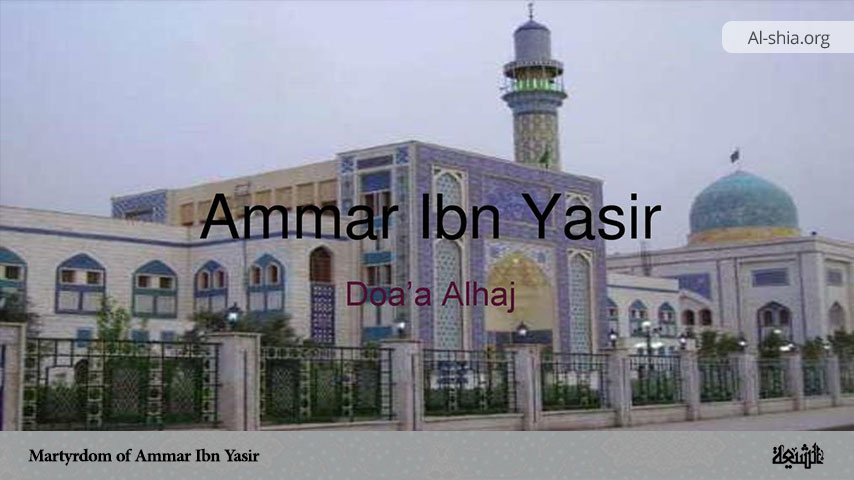In this part of the article titled “The relationship between the Quran and the Prophet’s household”, we shall continue with other explanations of both Sunni and Shia scholars on the popular tradition of two precious things “hadith al-thaqalayn”.
Ibn Hajar also cites the following sentence uttered by the Prophet (peace and blessings be upon him and his family):
“Do not attempt to go beyond these twin trusts (the Book and the Progeny of the Prophet), for that will lead you into perdition, and do not fall short in adhering to them, for that too will encompass your ruin. Do not imagine the People of the Prophet’s House to be ignorant, for they are infinitely more knowledgeable than you and understand well the language of revelation.” (1)
The Commander of the Faithful, ‘Ali, peace be upon him, said:
“You will never remain faithful to your covenant with the Qur’an unless you recognize who it is that has betrayed his covenant, and you will never lay firm hold of the Qur’an unless you recognize who it is that has abandoned it. Seek the straight path of fidelity and the means of adhering to the Qur’an from the people of the Qur’an, for it is they who keep alive knowledge and learning and uproot ignorance. They it is by means of obedience to whom you become aware of the knowledge they hold. You comprehend their silence from their speech and their outer appearance from their inner state. They never rebel against the command of religion and never fall into dispute. Religion is a silent and veracious witness dwelling in their midst.” (2)
What is meant here is that the Progeny of the Prophet are free from sin and pollution and even minor errors, for it is obvious that whatever is indissolubly linked to the Qur’an until both trusts are brought together before the Prophet (peace and blessings be upon him and his family) on the Day of Resurrection must be followed and obeyed by mankind together with the Qur’an itself. God cannot command men to obey one who is polluted by error and sin, nor can He create an indissoluble link between the Qur’an and such a person Only those who are utterly beyond the reach of impurity can be juxtaposed with the Qur’an, for those whom their obedience has made incumbent on all Muslims by God must be free of all defect.
Not content with his other utterances on the subject, the Prophet declared the number of successors (khulafa‘) who would come after him:
“This religion will endure until the Day of Judgement, for as long as twelve persons from Quraysh rule over you as my successors.” (3) “My successors will be twelve in number, just like the chieftains of the Bani Isra’il, all of them from Quraysh and (according to one version of this hadith) from Bani Hashim,” (4)
Abdullah relates the Prophet to have said:
“As long as there are two men left on the earth, leadership will remain among the Quraysh.” (5)
This mention of the twelve successors can refer only to the Inerrant Imams from the Progeny of the Prophet, peace be upon them, for neither were the first caliphs twelve in number nor were the Umayyad and Abbasid rulers. More importantly, the crimes those rulers committed, far from assuring the welfare and happiness of the ummah, brought about the destruction of religion, so that it is impossible in any way to consider them the successors of the Prophet.
Those who could not deny the authenticity of the hadith concerning twelve successors but wished nonetheless to avoid recognizing the Twelve Imams of the Prophet’s Progeny were obliged to offer tortuous explanations that were utterly irreconcilable with the text and content of the tradition, for the first caliphs and the Umayyad and Abbasid rulers when added together come to a total of some thirty people, so that the total number of claimants to the caliphate from among the Quraysh exceeds the number specified in the hadith.
If we refuse to interpret the hadith as referring to the Imams of the Shi’ah, we are left with no clear or reliable meaning for it whatsoever. Shaykh Sulayman al-Qunduzi, a Hanafi scholar, writes the following, in a vein free of all fanaticism: “According to scholars, the traditions that specify the successors to the Prophet (peace and blessings be upon him and his family) to be twelve in number are well known and they have been narrated by different chains of transmission. It became clear with the passage of time that what the Messenger of God was referring to in this hadith were the twelve Imams from his Progeny.
It is impossible to refer it to the first caliphs, for they were only four in number, nor can it be applied to the Umayyads, for they were more than twelve in number, apart from which with the exception of ‘Umar b. Abd al-‘Aziz, they were all tyrants and oppressors, and they did not belong to the Bani Hashim, whereas the Prophet had specified that his twelve successors would be from the Bani Hashim. Jabir b. Samarah mentions that the Prophet spoke this last part of the tradition softly because not everyone was happy that the caliphate would go to the Bani Hashim.
“Equally, this hadith cannot apply to the ‘Abbasids, because their number, too, is more than twelve; they did not act in accordance with the verse enjoining love for the family of the Prophet; (6) and they ignored the hadith of the Cloak (hadith al-Kisa’). The hadith must, then, refer exclusively to the Twelve Imams from the Progeny of the Prophet, for they were superior to all others with respect to knowledge, moral virtues, piety and lineage. They were a line who inherited their knowledge from the Messenger of God, peace and blessings be upon him and his family, their great ancestor. This is confirmed by the hadith concerning the two weighty trusts and numerous traditions that have reached us from the Prophet.”(7)
NOTES:
_____________________________________
1. Ibn Hajar, al-Sawa’iq, p. 153.
2. al-Radi, Nahj al-Balaghah, Sermon 145.
3. Muslim, al-Sahih, Vol. XIII, p. 202.
4. Muslim, al-Sahih, Vol. VI, p. 2; al-Bukhari, al-Sahih ., Chapter XV of “Kita’b al-Ahkam”. Ahmad b. Hanbal, al-Musnad, Vol. I, p. 397, Vol. V, p.86; Ibn Kathir, al-Bidayah, Vol. VI, p.245; al-Qunduzi, Yanabi’ al-Mawaddah, p. 373.
5. Muslim, al-Sahih, Vol. XIII, p. 202.
6. Qur’an, 42:23.
7. al-Qunduzi, Yanabi’ al-Mawaddah, p.446.


















